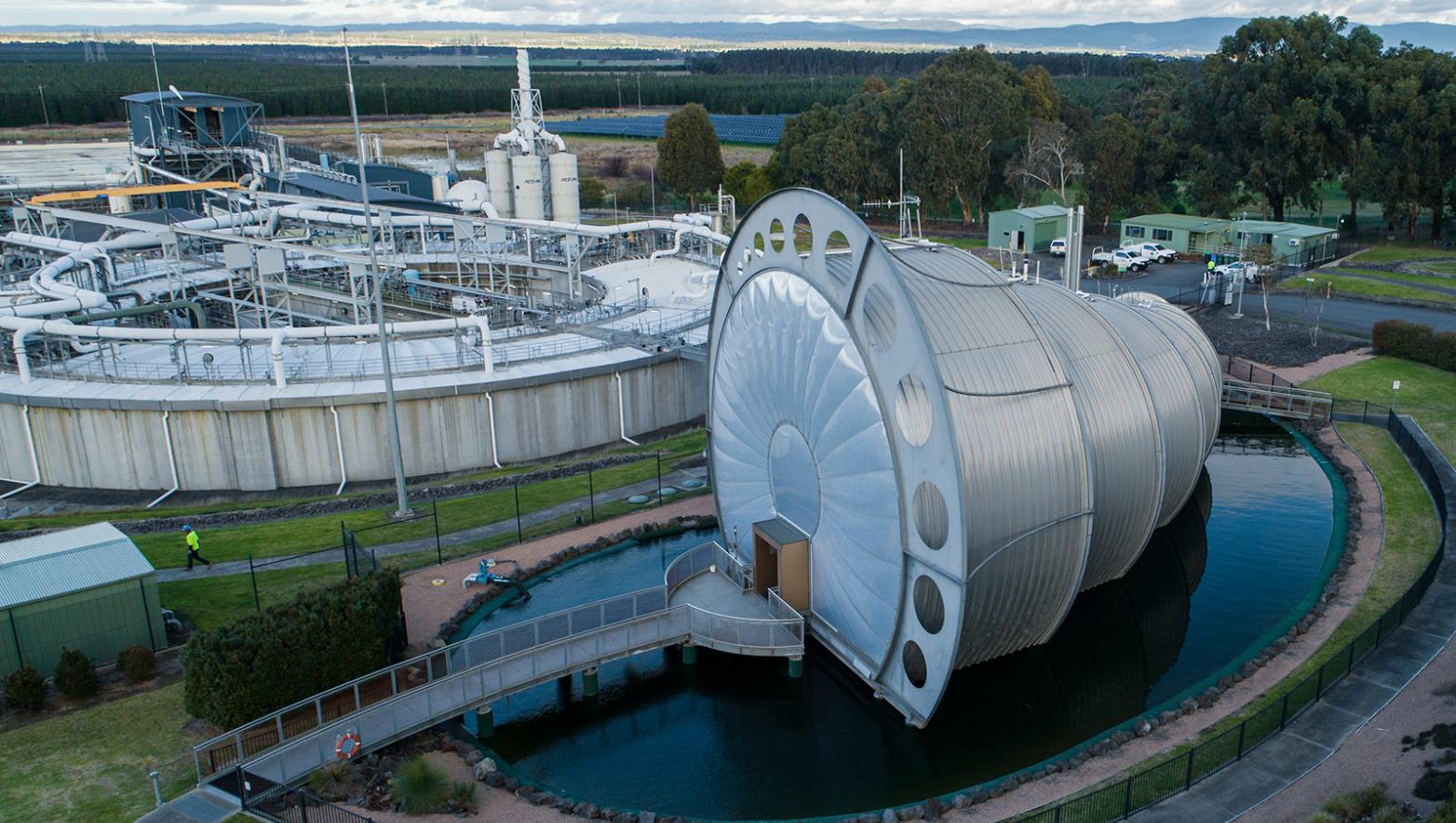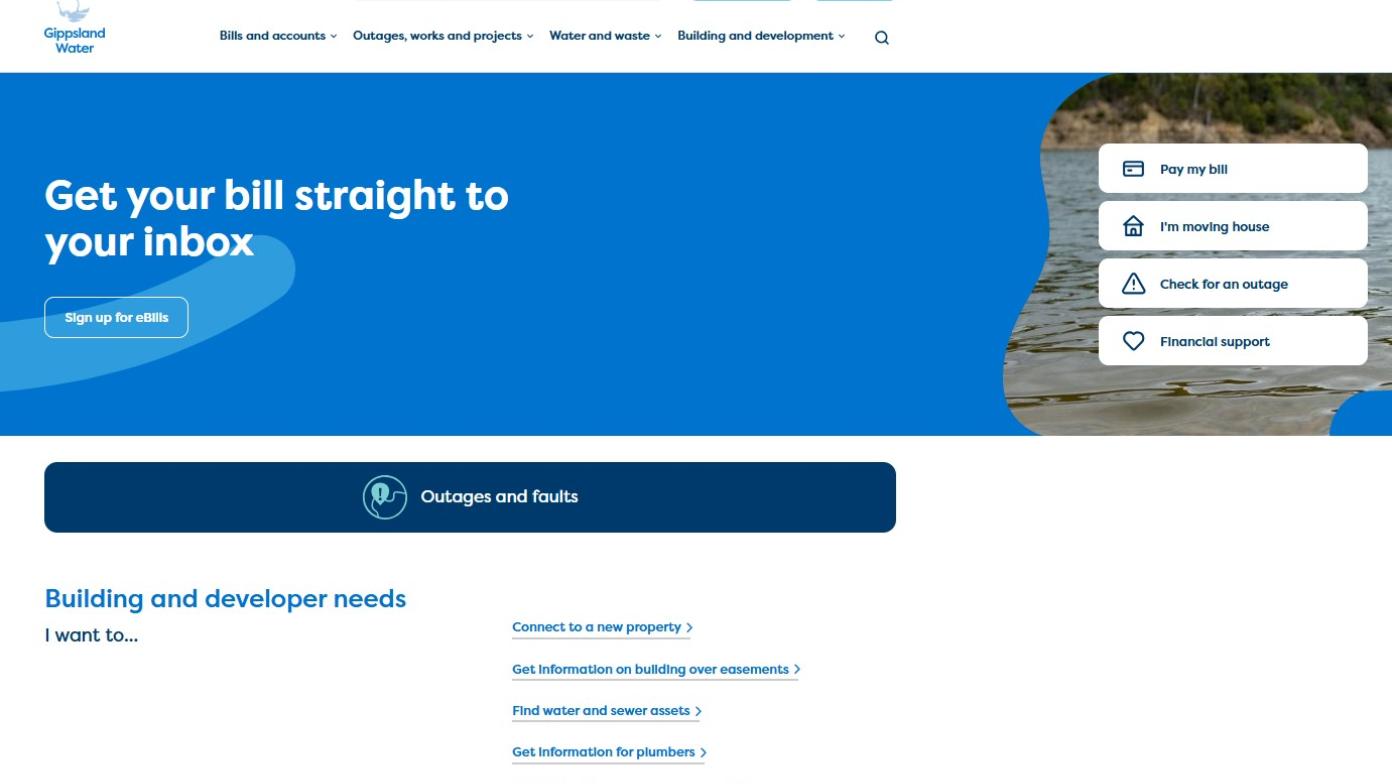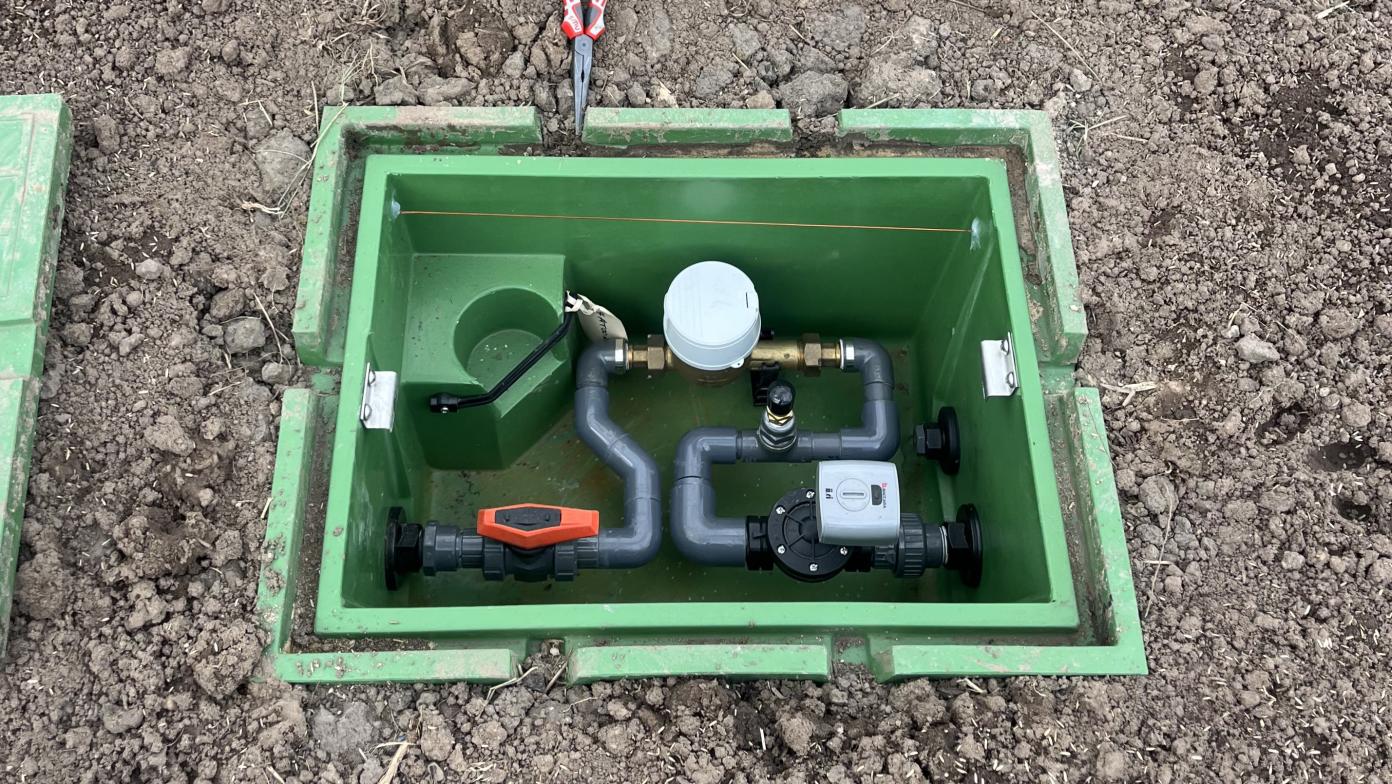Major solar project powers Gippsland Water towards 100% renewable energy

Gippsland Water has switched on more than 2000 new solar panels at its largest wastewater treatment plant, the Gippsland Water Factory in Morwell.
Managing director Sarah Cumming said the large solar panel installation was a major step towards the organisation’s ambitious target of being fully powered by renewable energy by 2025.
“Now that the system is installed and running, we’re in the unique position of having three types of renewable energy powering the water factory,” Ms Cumming said.
The solar installation complements two 330 kilowatt biogas generators - which use gases produced from the wastewater treatment process to generate power - and a 385 kilowatt hydro generator, which captures energy from water.
When all of the renewable energy sources are operating at their peak, they generate enough power to export power back into the grid.
The mix of renewable energy sources reduces electricity costs for the water corporation, which is funded by its customers.
“While this is great for the environment, it’s also saving us almost a million dollars every year, keeping downward pressure on customer bills,” Ms Cumming said.
The new 1,200 kilowatt solar array can completely power the water factory. It is the seventh and largest Gippsland Water site to be powered by solar panels.
The Warragul, Traralgon and Tyers water treatment plants, Warragul and Moe wastewater treatment plants, and the Traralgon office are all solar-powered.
Another solar project is underway to install floating solar panels on lagoons at the recently upgraded wastewater treatment plant in Drouin.
The Gippsland Water Factory, located in Maryvale, treats wastewater from nine towns and major industry, serving the needs of more than 48,000 customers and 300 local businesses.
More information on Gippsland Water’s renewable power sources is available at www.gippswater.com.au/climate-change


